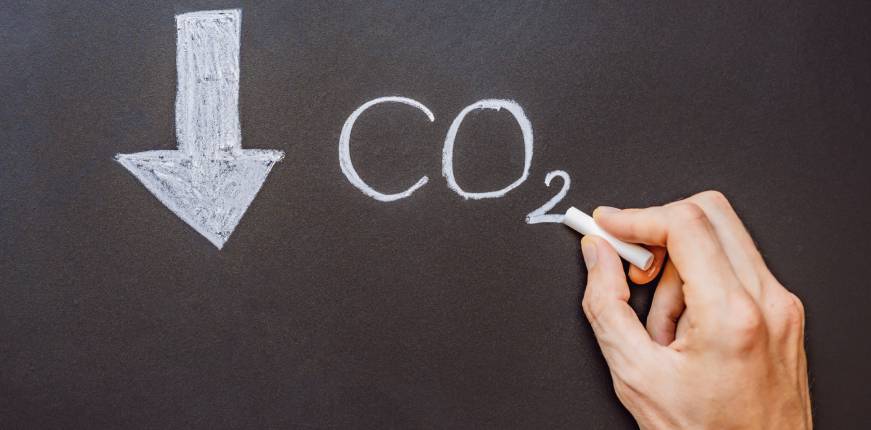Achieving the desirable climate requires more than simply cutting down on the carbon emissions. In addition to this, it is almost impossible for all sectors and industries that come within these sectors to achieve absolutely zero carbon emissions in the coming decades. This is because it is extremely challenging to reduce carbon emissions in the agriculture sector and vehicle usage or mobility to zero. Additionally, it is a challenge to offset the greenhouse gases like nitrous oxide and methane. Taking important steps like keeping the global temperature steady and not allowing for a rise that exceeds 1.5 degrees greater than the pre-industrial level. These measures could contribute to considerably removing the CO2 from the atmosphere. It has been increasingly suggested that the global level transition of energy storage and consumption requires an entire portfolio of steps and technologies that contributes to the reduction in CO2 emissions.
Solutions that aim at reducing or cutting down on the carbon emissions can be categorised into three main groups: carbon-sink solutions that are nature-based, further enhancement of the existing natural processes and novel technologies. Within these categories, the individualistic approaches are interlinked in a number of ways that come with benefits that go beyond just the reduction in CO2 emissions. One of the easiest ways to develop carbon sinks is by stopping the cutting down of trees (deforestation) and opting for reforestation. In simple terms, trees are responsible for absorbing and storing carbon but once cut down, the dead trees increase the CO2 emissions. However, there are concerns about the forest wildfires potentially destroying the carbon store, so encouraging reforestation alone can not be considered a silver bullet.
Enhancement of the natural processes
The earth’s natural processes store carbon, however, the enhancement of the natural processes through effective, proactive and strategic management can help reduce the carbon emissions. For example, improvised land management techniques can effectively store CO2. These methods include the usage of seaweed and biochar. Waste management is important but is challenging. The organic waste can be converted into biochar and utilised as soil that minimizes the waste production, while at the same time, establishing a carbon sink. Seaweed plays a significant role in naturally moving C02 from the atmosphere into the oceanic sediments. With better management of the areas that are seaweed-dense are considered to be carbon negative and can facilitate reduced carbon emissions, ultimately leading to a better management of the environment whilst dealing with the climate crisis.
Conclusion
Innovative technologies that function to reduce the carbon emissions by targeting the source of CO2 and by facilitating the effective storage and consumption of carbon. C6 Energy’s Graphene battery technology facilitates the effective storage and consumption of energy that contributes to reduced carbon emissions by being completely carbon-neutral.

